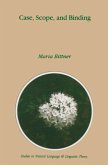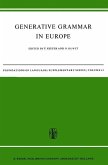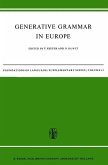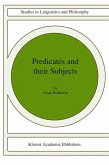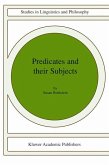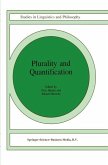Case, Scope, and Binding investigates the relation between syntax and semantics within a framework which combines the syntactic Government-Binding theory with a novel cross-linguistic theory of case and semantics. It is argued that case assignment, agreement, syntactic binding relations, as well as the minimum scopes of operators, are all determined by the relations which hold at the level of s-structure. Cross-linguistic variation with respect to these phenomena is due to corresponding variations at the s-structure level. The minimum scope of an operator cannot exceed its c-command domain at s-structure, but may be reduced by certain semantic mechanisms. The availability of any wider scope option depends on the possibility of movement at LF. The proposed theory is tested in detail against the facts of Inuit (Eskimo-Aleut family), an ergative language with typologically unusual scope and binding relations.
For linguists and philosophers interested in syntax, semantics, or the syntax-semantics interface.
Hinweis: Dieser Artikel kann nur an eine deutsche Lieferadresse ausgeliefert werden.
For linguists and philosophers interested in syntax, semantics, or the syntax-semantics interface.
Hinweis: Dieser Artikel kann nur an eine deutsche Lieferadresse ausgeliefert werden.


